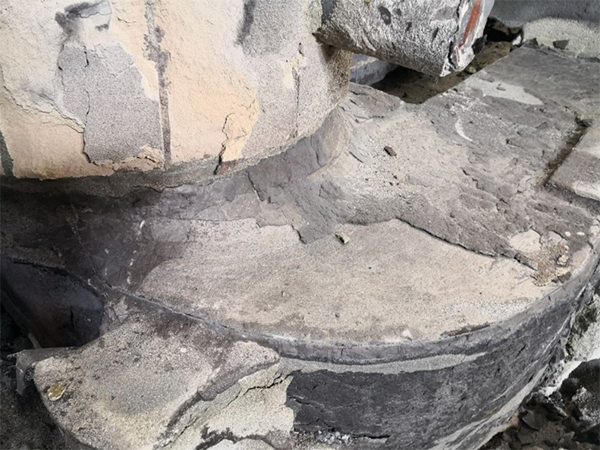The Art and Science of 3D Sand A New Dimension in Design
In recent years, the emergence of 3D sand technologies has revolutionized not just the fields of design and art, but has also transformed industries such as construction, manufacturing, and education. This innovative technique utilizes advanced 3D printing methods to transform ordinary sand into intricate objects, showcasing the versatility and potential of natural materials in contemporary applications.
At its core, 3D sand printing involves the layering of sand particles bound together by a liquid binder, which is precisely deposited according to a digital design. This process allows for the creation of highly detailed structures that would be difficult or impossible to replicate using traditional methods. From artistic sculptures to engineering prototypes, the applications of this technology are vast and varied, making it an exciting tool for creators across different fields.
.
Moreover, 3D sand printing offers significant advantages in terms of sustainability. Traditional methods of sculpture often require materials that are either harmful to the environment or are limited in availability. In contrast, sand is a ubiquitous resource that can be sourced with minimal ecological impact. This aligns with the growing demand for sustainable practices in art and design, providing creators with a more eco-friendly medium to work with. Additionally, waste is minimized in the printing process, as only the necessary amount of material is used, reducing excess and promoting a more responsible approach to production.
3d sand

The construction industry has also begun to capitalize on the capabilities of 3D sand printing. As housing demands increase globally, the need for innovative building solutions has become paramount. Companies are exploring the potential of creating whole structures from sand-based materials, leveraging the strength and durability of 3D-printed sand to build homes and infrastructure. This method not only streamlines the building process but also reduces labor costs and construction time, offering a promising alternative to traditional building methods.
In educational contexts, 3D sand printing has opened up new avenues for learning and experimentation. Schools and universities are introducing this technology to teach principles of design, engineering, and environmental science. Students can engage with hands-on projects that encourage creativity while fostering a deeper understanding of material properties and manufacturing processes.
As we look to the future, the possibilities of 3D sand technology seem limitless. With ongoing advancements in 3D printing techniques and materials science, we may soon see even more innovative applications emerge—from biodegradable sand-based products to interactive art installations that engage viewers in unique ways. The fusion of art, engineering, and sustainability encapsulated in 3D sand printing not only enhances our environment aesthetically but also encourages a more thoughtful and responsible approach to the materials we use.
In conclusion, 3D sand printing represents a significant step forward in the interplay between creativity and technology. Its potential to impact various fields, from art to industry, showcases the remarkable versatility of sand as a medium. As we embrace this innovative technique, we find ourselves at the threshold of a new era—one that celebrates ingenuity, sustainability, and the limitless possibilities of design.
Post time:Aug . 18, 2024 07:48
Next:Managing Contamination Risks in Foundry Sand for Improved Casting Quality and Production Efficiency
